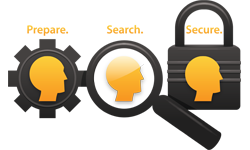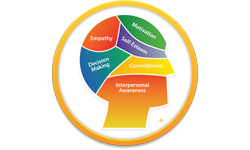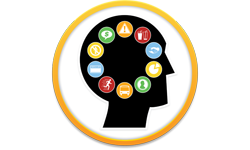Guide to CARES Act Funding
Guide to CARES Act Funding
Given how complicated CARES Act funding is due to its wide breadth covering many different aspects of American life, many schools are trying to find out how to make a meaningful, long-lasting impact with their CARES Act funding. Here is a breakdown of CARES Act funding for education to guide in spending your CARES Act funds effectively. Each state has received different amounts of funding though the various parts of the bill.
What is the CARES Act?
The CARES (Coronavirus Aid, Relief and Economic Security) Act is a $2.3 trillion, newly-enacted law enacted in response to the COVID-19 pandemic. It provides one-time funding for many different industries. Most importantly for educators, it provides $30.75 billion for K-12 and higher education programs under the Education Stabilization Fund with significant flexibility as to how funds can be used.
The education portion of the CARES Act funding, called the Education Stabilization Fund, is broken down into three major parts:
1. The Elementary and Secondary School Emergency Relief (ESSER)
- $13.5 billion available
- Funding is pass from State educational agencies (SEAs) to local educational agencies (LEAs)
- The amount a state receives is proportional to the amount of funding it receives through Title I funding.
- At least 90% of funding to SEAs must be passed down to LEAs for distribution
- Here is a list of how much each state received.
- “The Department will award these grants to State educational agencies (SEAs) for the purpose of providing local educational agencies (LEAs), including charter schools that are LEAs, with emergency relief funds to address the impact that COVID-19 has had, and continues to have, on elementary and secondary schools across the Nation. ESSER Fund awards to SEAs are in the same proportion as each State received funds under Part A of Title I of the Elementary and Secondary Education Act of 1965, as amended, in fiscal year 2019.”
2. The Governor’s Emergency Education Relief Fund (GEERF)
- $3 billion available
- Governors of each state are responsible for deciding how to best meet the needs of all schools and education-related organizations.
- “My Department will not micromanage how these funds are spent but I encourage you, at a time when so many school boards, superintendents, and institutions of higher education have had to close their brick and mortar campuses for the balance of the school year, to focus these resources on ensuring that all students continue to learn most likely through some form of remote learning.”
3. The Higher Education Emergency Relief Fund (HEERF)
- $14.25 billion available
- Institutions of higher education (IHEs) will receive funding direction and have significant flexibility as to how the money can be used.
- Fifty percent of the funding does need to be allocated to financial aid grants to cover student expenses.
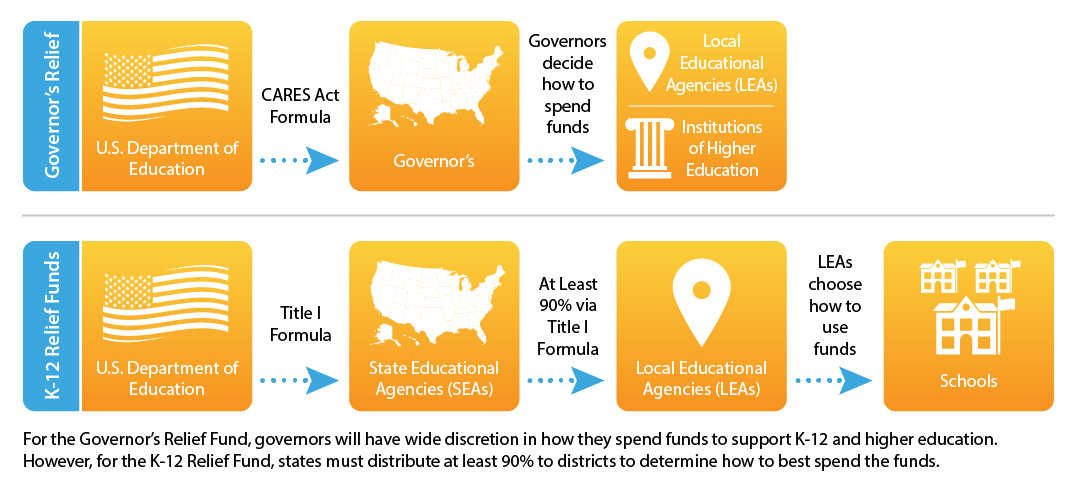
To receive funding, check with your SEAs and LEAs to see if you need to apply for funding.
All Institutions are required to submit HEERF annual performance reports via the Annual Report Data Collection System
.
To receive funding, check with your SEAs and LEAs to see if you need to apply for funding.
All Institutions are required to submit HEERF annual performance reports via the Annual Report Data Collection System
.
So where can you spend CARES Act funding?
There are very broad guidelines for allowable activities for CARES Act funding to give states the freedom to use federal funds most effectively. Here is a non-exhaustive list of allowable activities, though states may clarify further how they require funding to be spent using their own guidelines:
- Any ESEA approved activity
- Preparedness and Response to COVID-19
- Addressing School Closure Needs
- Addressing Needs of Low-Income Students
- Training and Professional Development for Staff
- Purchasing Educational Technology (Hardware AND Software)
- Purchasing Sanitation Supplies
- Outreach and Service Delivery to Special Populations
- Addressing Afterschool and Summer Learning
- Mental Health Services and Supports
- Evidence Based SEL Programs
- Continued Staff Employment and Operation
Here is an example of allowable activities from Wisconsin’s Department of Public Instruction
What is the Timeline for Funding?
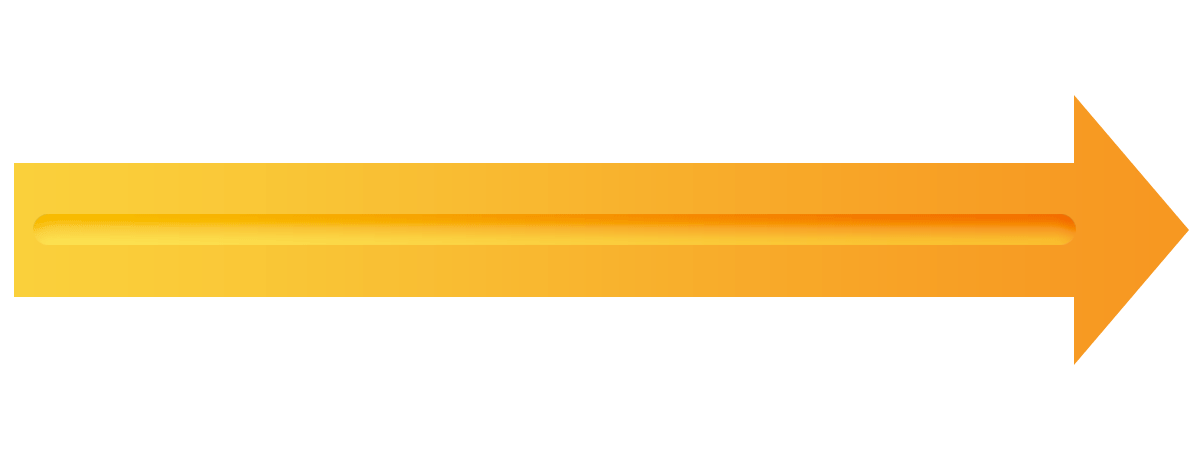
Consider Conover Online As You Plan
There are very broad guidelines for allowable activities for CARES Act funding to give states the freedom to use federal funds most effectively. Here is a non-exhaustive list of allowable activities, though states may clarify further how they require funding to be spent using their own guidelines:
- Any ESEA approved activity
- Preparedness and Response to COVID-19
- Addressing School Closure Needs
- Addressing Needs of Low-Income Students
- Training and Professional Development for Staff
- Purchasing Educational Technology (Hardware AND Software)
- Purchasing Sanitation Supplies
- Outreach and Service Delivery to Special Populations
- Addressing Afterschool and Summer Learning
- Mental Health Services and Supports
- Evidence Based SEL Programs
- Continued Staff Employment and Operation
Here is an example of allowable activities from Wisconsin’s Department of Public Instruction
Programs within Conover Online
So How Much Will it Cost Me?
Pricing in Conover Online is extremely flexible and designed to meet the needs of any budget. Each assignment in Conover Online is triggered by the use of a credit, which cost $5/each. If you are going to use Conover Online as the foundation of your distance learning program then here’s a basic formula you can use to estimate your total cost:
1 User = 10 Credits ($50)
What are Credits
This video describes the concept of a “credit” and how it works inside Conover Online. Credits unlock different parts of the program for individual users, allowing you the flexibility of paying only for what you actually use.
Your funds must be spent by September 30, 2022
To find out if your organization has received funding or to apply for funding, check with your LEA. Here is a list of funding provided to states.


